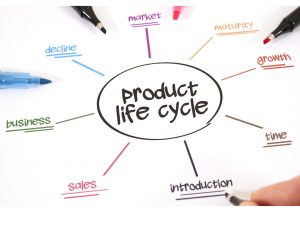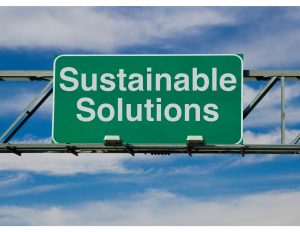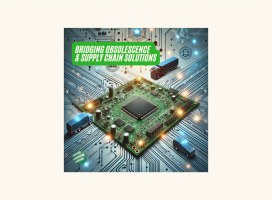Strategically Approaching a “Last Time Buy” Notice
The day you receive that “last time buy” (LTB) notice for a crucial embedded PCB or PCB component for your systems can be stressful–even if you know it’s coming. What if you still need that circuit board five to ten years after that LTB day? Suddenly, sourcing the required parts becomes a mad scramble, resulting in partial solutions that only waste time, money, and labor.
Whether you’re expecting an LTB or already dealing with one, here are a few tips on what to do–and what not to do–when it comes to managing an LTB for a crucial embedded product.
Sustainable Approaches to Managing an LTB for a Critical Embedded Electronic System

Plan Ahead and Consider the Needs of the Product’s Entire Life Cycle.
Often, the real challenge isn’t even the LTB–it’s the fact that any products acquired through the LTB will only last a maximum of two years, maybe three if you’re lucky. The LTB can’t sustain a critical system with long lifecycle requirements, which can be anywhere from five to twenty years, depending on the system itself. Trying to manage that system through LTBs and pre-stocking won’t cut it. You need more than that–you need a solution that will support your system until you don’t need it, or in other words, sustainment.
The most common challenge we encounter as a legacy equipment manufacturer is a lack of understanding of what sustainment means in product obsolescence. Sustainment is more than just management. It involves looking beyond your system’s immediate needs and understanding how your boards are used and how those uses shape your long-term requirements for procuring them. This is why legacy equipment manufacturing is so important. LEMs bridge that gap that the LTB can’t reach and provide real-world solutions for sourcing, manufacturing, testing, and maintaining the products you need. The LTB is a crucial tool, but in the end, it’s still just that–one tool in the arsenal you’ll need to properly tackle these issues.
Sustainment is different from management–it’s a process of looking beyond immediate procurement needs and understanding how the functionality and performance of your embedded boards shape your long-term requirements.
So when you get that LTB notice, don’t rely on that initial supply; you’ll get it from it. Consider these questions and plan ahead.
- How will these boards need to function over the next 10 or more years–or however long you’ll need them? Some systems require functionality for over thirty years or more, after all.
- Will the discontinued product’s performance degrade in ways that impact system reliability–and if so, precisely what is the scope of that impact?
- Could environmental, operational, or software-related factors introduce unforeseen sustainment challenges, and what can you do to plan for them?
Understand the Distinction between Component and CCA Last Time Buys–and why one can’t support the other
As we’ve seen multiple times at GDCA, when organizations realize that the LTB won’t be sufficient to support a circuit card assembly (CCA), their instincts lead them to pre-stock critical individual components instead. The goal is to use these parts to continue to build and repair boards after the LTB window closes, but this too often falls short and creates more problems than it solves.
Companies that take this approach quickly become locked into a constant cycle of reactive BOM management. They scramble to track individual component obsolescence as new LTBs for each one arrive and struggle to get the funding and approvals for sourcing. They’re enacting this piecemeal approach while trying to keep up with the ever-changing availability of the components. Inevitably, this approach increases supply chain risks, diverts attention from far more valuable resources, and creates far more problems for long-term sustainment than it solves.

Remember–the Products you get from LTBs won’t last forever
The LTB is just the start of a long journey to ensure you have everything you need to support your product’s entire lifecycle. Don’t let purchasing parts from an LTB give you a false sense of security. Based on GDCA’s experience and our clients’ experience, those products will typically cover an average of 2 to 3 years. Even when you have inventory in stock, the problem of obsolescence doesn’t go away. As time passes, it only worsens because the infrastructure used to support the products quickly breaks down–which means you’ll have a harder and harder time getting everything you need for building, testing, and maintaining those CCAs.
The real problem isn’t just running out of stock–it’s losing sight of the long term and of how your needs for sustainment evolve over the years. If you try to rely fully on the LTB for what you need, you’ll quickly find yourself entirely without the support you need.
Final Thoughts
Remember, when that LTB arises, it’s not a solution, it’s not the end of your obsolescence problems, and it’s nowhere close to being the only option you have for sustainment. Shift your focus beyond the present day and plan for the future–use the LTB as a springboard to learn what goes into your boards, what will be needed to support them in the coming years, and your options. If you’re unsure where to start, contact a Legacy Equipment Manufacturer. A LEM provides you with that visibility into the future and proactively plans for it so that you’re not scrambling to react to problems as they occur.




